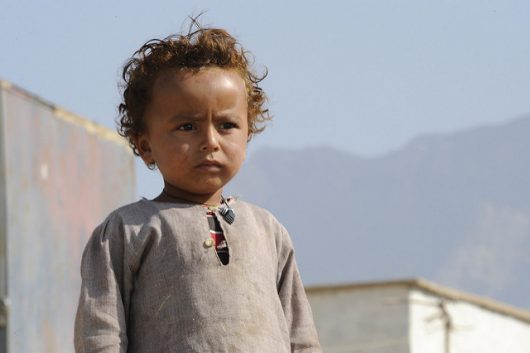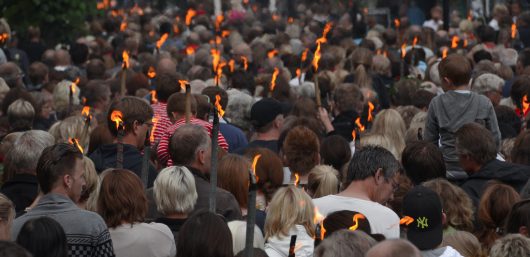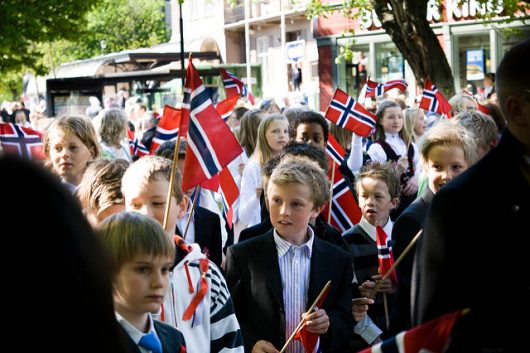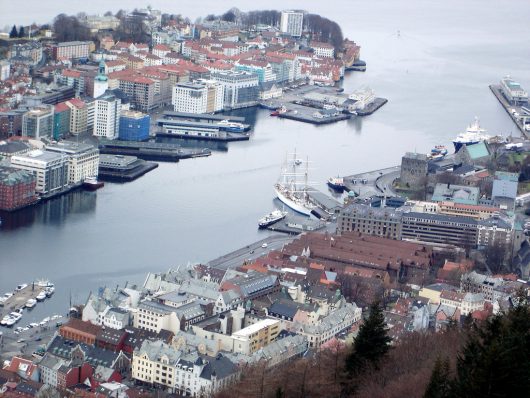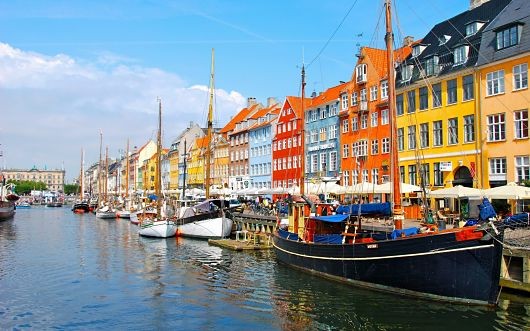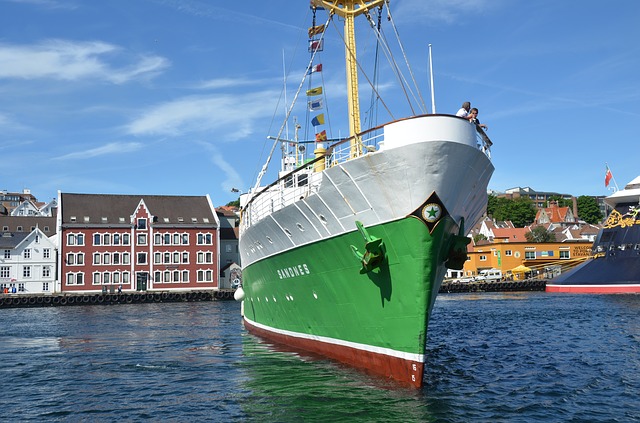
Norway, officially known as the Kingdom of Norway, is located between Finland, Russia, Skagerrak and Denmark. With a population of over 5.2 million people, Norway is a member of the European Economic Area. Norway is the world’s fifth-largest oil exporter and is considered to be one of the richest countries in Europe. Below are eight facts about the poverty rate in Norway.
8 Facts About the Poverty Rate in Norway
- Norway had an unemployment rate of 4.4 percent in 2016 and was ranked 48th on a list of worldwide unemployment rates. The rate dropped 0.2 percent from 2015 to 2016.
- Although Norway is considered to be a wealthy country, 7.5 percent of the population still lives below the poverty line.
- The richest 10 percent of the population in Norway controls 21.2 percent of the entire nation’s wealth. The poorest 10 percent of the population controls only 3.8 percent of the whole country’s wealth.
- Norway lowered its oil prices in 2015, which caused an increase in the country’s unemployment rate and slowed down the growth of its GDP in 2016.
- Many immigrants in Norway live in poverty. According to recent research, 36 percent of immigrant children live in poverty in Norway, while only five percent of children with Norwegian parents do.
- The main cause of poverty among immigrants is that many immigrants are unable to apply their education and work experience they gain from their home country to their new careers in Norway.
- The poverty among children is a direct cause of lower education rates. Most immigrant children end up failing at the workplace and struggling with the same poverty problem.
- Norway’s government has expressed a willingness to increase public spending from the sovereign wealth fund to help prevent a recession.
Although Norway is considered to be one of the wealthiest countries in Europe, poverty is still a problem in the country, especially among immigrants. The Norwegian government will need to pay more attention to immigrants’ living conditions in the future in order to make changes and reduce the poverty rate in Norway.
– Mike Liu
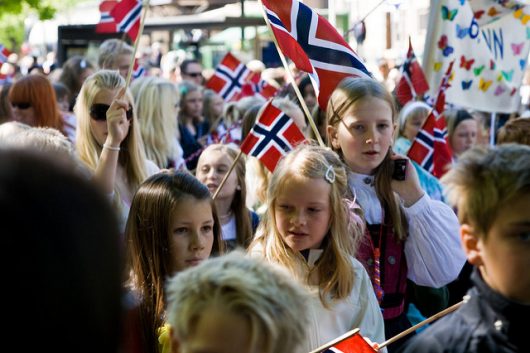
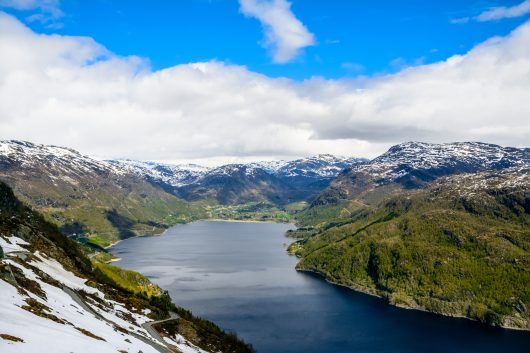
 Norway is a country in Northern Europe that is home to about 5,196,000 people. It is not part of the European Union because of its strong economy. With the recent influx of refugees to Europe, Norway had to determine how to manage those coming into the country.
Norway is a country in Northern Europe that is home to about 5,196,000 people. It is not part of the European Union because of its strong economy. With the recent influx of refugees to Europe, Norway had to determine how to manage those coming into the country.